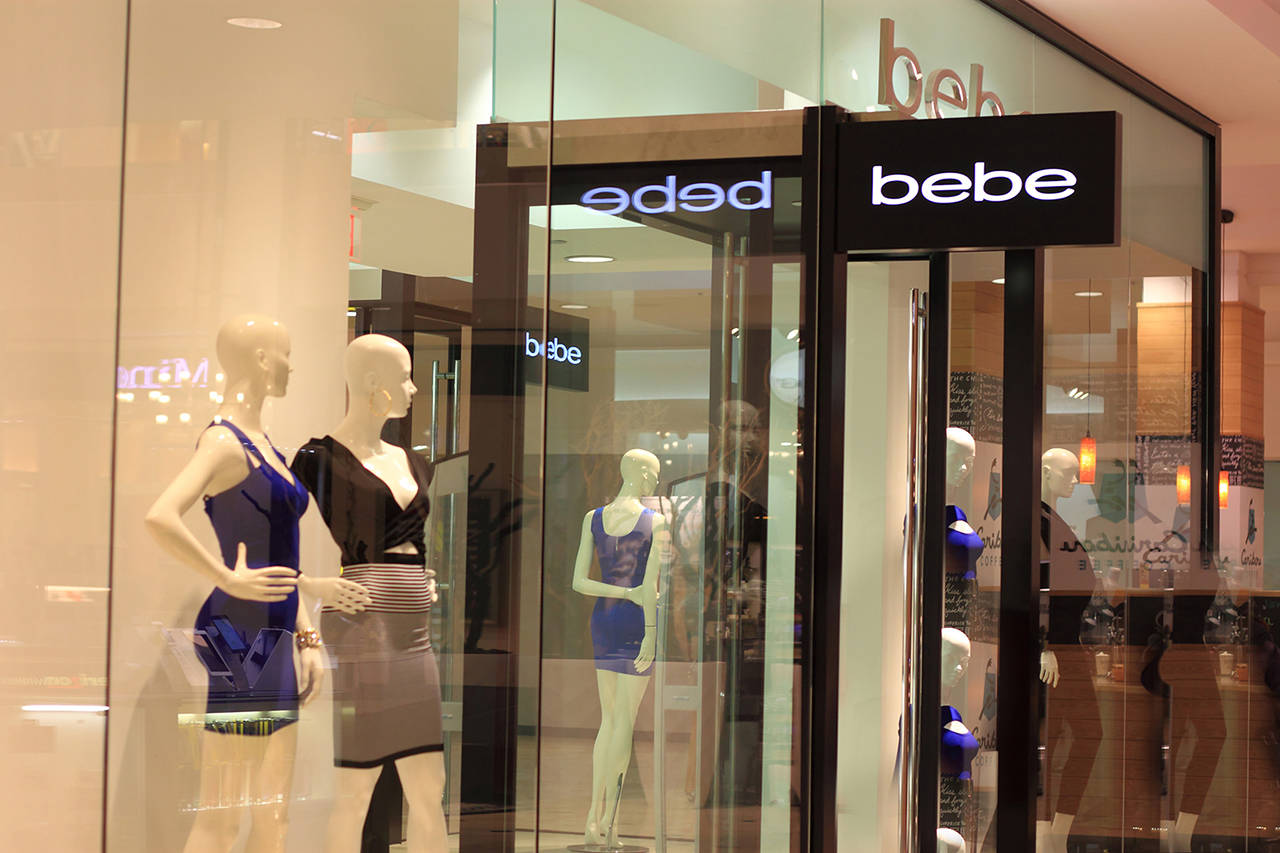By Suzette Parmley
The Philadelphia Inquirer
PHILADELPHIA — In late April, struggling women’s apparel chain Bebe said it was closing all 180 stores — the latest casualty amid a steady stream of defaults, bankruptcies and closures over the last year.
While experts say more closures are coming, something else is occurring: The losses of traditional retail jobs are being absorbed by the likes of Amazon, with its new fulfillment centers and warehouses.
But shopping is taking a new form, experts say, thanks to the internet.
Michael Niemira, principal of the Retail Economist LLC, likened online shopping to the catalog sales of the early 20th century that supplied goods to consumers in areas where stores did not exist.
“Today, some communities are losing stores that are not profitable, and the online distribution is filling the gap as catalog sales once did,” he said. The survivors will “stay alert to demographic and shopping trends” with fewer stores.
It’s why Target Corp. is going with smaller format stores while investing $7 billion in new IT over the next three years.
And it’s why megastore Wal-Mart went on a shopping spree, starting last year, to buy online firms, such as jet.com, to offset its weaknesses. Its latest target, reports suggest, is online men’s fashion retailer Bonobos.
Digitally native brands, such as Away, Bonobos and Warby Parker, are creating a new kind of retail store, suggested David Bell, a marketing professor at the Wharton School.
It’s a “zero inventory, high-experience store” in which customers enter an amazing space, get a brand experience and buy items that are shipped to them.
Information gathering and fulfillment used to occur under one roof, creating the need for large stores to hold all that inventory, Bell said.
But that model is fading. “Retail of the future will look more like a Tesla showroom than an old-school dealer lot, with 1,000 cars — except the one that you want — sitting out in the rain,” Bell said.
The Philadelphia region’s powerhouse King of Prussia Mall is expected to fare much better in the new world than its competitors on the lower end.
Still, David Simon, CEO of the mall’s owner, Simon Property Group, stressed the need for change. “I’m hopeful that retailers will focus on improving their in-store experience, and that could be a lot of different ways,” Simon told analysts earlier this year. “That could be through technology, that could be through a better look and feel.”
Richard Hayne, CEO of Urban Outfitters Inc., said the U.S. overbuilt retail space in much the way it did in housing.
Retail added too much space in the 1990s and early 2000s, creating “a bubble, and like housing, that bubble has now burst,” he said in a March 2017 earnings call. “We are seeing the results; doors are shuttering and rents retreating.”
Retail bankruptcies over the last 12 months are near recession levels, said RBC Capital Markets retail analyst Brian Tunick. These include BCBG, Payless, PacSun and department store closures (45 Macy’s, 140 JC Penneys and 150 Kmart/Sears stores in fiscal 2017).
Yet there are hopeful pockets. Growing are value-oriented chains such as Dollar Tree, Dollar General, Ross, and TJX, owner of TJ Maxx and Marshalls, as well as beauty retailer Ulta.
Non-store retailers, such as Amazon, run establishments classified as distribution centers, and can augment their workforce with employees from temporary help agencies.
—-
Amazon employs more than 7,500 full-time workers in New Jersey in seven fulfillment centers.
In Pennsylvania, the majority of warehouse jobs are in the Lehigh Valley to staff new facilities, according to commercial real estate firm CBRE Inc. Total warehouse jobs have spiked 38 percent over the last five years, reaching 75,354 last year, state records show.
The Philly region is perfect for distribution centers serving the East Coast, noted Ken Perkins, president of Retail Metrics Inc. Fulfillment jobs are helping offset store job losses, he said, “but will not be enough to make up for broader losses in the industry,” as chains keep cutting stores and employees (Target, Kohl’s) and robotics are introduced.
Perkins said retailers will need to step up their online game to compete with Amazon’s coming one-hour delivery and its potent two-day Prime delivery (for paying members).
“Many chains are still taking four to seven days on delivery, which is way too long,” Perkins said.
—-
Amid the retail carnage, trendy eyewear company Warby Parker, which began online, has been adding stores aggressively. It now has 50 stores. The company said it will open 25 stores this year.
Mark Petrie, 50, of Lake George, N.Y., is a longtime Warby customer who knew what he wanted when he stepped into the downtown Philadelphia store on a recent Thursday: big, chunky glasses with black frames. He said he had “been online a million times but it’s hard to try glasses on online.”
“That’s why having this store is so great,” said Petrie, a real estate agent. “We don’t have one in Lake George.”
“I like instant, total gratification,” he said.
And he got it. A pair of $95 Nash glasses with dark, tortoiseshell frames.
Then there’s Rosemarie Monzo Mazzeo, a 46-year-old physician. She has bought more items online with Lilly Pulitzer over the last five years, especially on clothes she thinks will sell out. For other stuff, she visits the retailer at King of Prussia Mall.
The high-end women’s clothier is adding four to six stores a year and is investing heavily on its website.
Fourth quarter sales — which included a significant increase in online sales — went up 26 percent in fiscal year 2016 over the previous year.
“It’s like being in an adult candy store with all the beautiful colors and textures,” Mazzeo said of each visit. “It’s a fun experience and it’s become a bonding experience between me and my daughter.”



